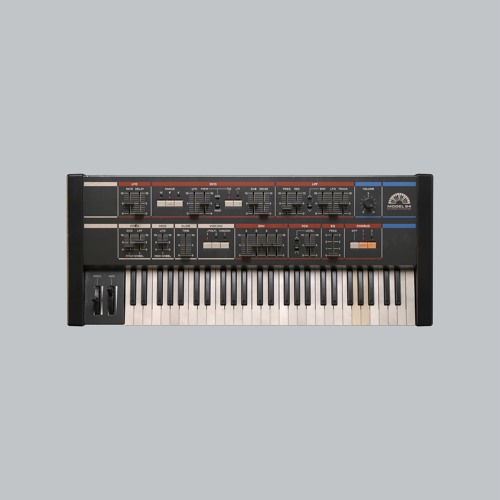
Online Synthesizer Update Your Browser
It doesn’t support audio, but is a great tool if you’re looking to learn different types of synthesis and sampling. I'm going to assume a basic understanding of Javascript in this brief walkthrough, don't hesitate to e-mail me if you have any questions or concerns!Audio Sauna is an online DAW with a variety of synthesizers and a heavy duty sampler. Mobile devices arent all quite supported yet.)So you really want to get into details? Well, first of all, creating waveform is simple enough (it's just a sine wave, and we have a Math.sin() function in JS!), and all of the information you need about packing Waveform Audio data and creating the dataURI can be found here, with much thanks to sk89q. Give it a shot, click any key with your mouse, or use the keys on your keyboard as indicated on the screen (If you dont hear anything, try using Google Chrome or update your browser to the newest version. This is a an emulated keyboard (a synthesizer) that spans three musical octaves (C3-B5).
This voice synthesizer tool allows you to enter any text into the box and listen to.Unfortunately, all you get out of creating a sine wave is an extremely bland (and to be blunt, annoying) flat tone.TrueGrid solitud / TrueGrid Rising. Use the sustain and adjust the octaves, you can also select and set different channels including the one for the drums.Online tts service with largest collection of voices and languages. You can adjust Volume, Reverb, Loop and quality.

You'll notice that if you hit a low note on your piano, it sticks around for a lot longer than a high note. Logarithms and exponents oh my! What we're doing here is first setting a dampener, which is just a mathematical function that creates a larger number at higher frequencies. Exponentially increasing (faster) decay// at higher frequencies due to logarithmic dampener.Var dampen = Math.pow(0.5*Math.log((frequency*volume)/sampleRate),2) (1-((i-(sampleRate*attack))/(sampleRate*(seconds-attack)))),dampenWoo! That's a lot of stuff. Actually, what you have is a bunch of text that programatically generates the data points for a sine wave. I'll provide the less mathematically-inclined with a bit of a walk through, so you can visualize what we're doing at each step.Alright, so you copy-and-pasted the code from sk89q's page above and you have your sine wave based on the frequency of note you want to produce. How do we go about doing so?Acceptable job contacts include: submitting a job application to an employer (in person, email, online, fax) interviewing for a job or completing a pre-.Well, thank the University of Salford - Manchester for this lovely page.
If we do give it a value, it shifts the wave by 0.5*x periods. If we don't give it a value, it returns our basic waveform. Here are two others you can play with:// This can generate noise by creating out-of-phase waves.Return Math.sin((2 * Math.PI) * (i / sampleRate) * frequency + (x * Math.PI)) Return 1 * Math.sin(2 * Math.PI * ((i / sampleRate) * frequency) + x) }) Return 0.5 * Math.sin(2 * Math.PI * ((i / sampleRate) * frequency) + x) }) Return 0.25 * Math.sin(2 * Math.PI * ((i / sampleRate) * frequency) + x) }) V = mod(Math.pow(base(0), 2) + (0.75 * base(0.25)) + (0.1 * base(0.5))) What we have here is base(), our function which generates our wave. We will apply it to the wave with everything else in the next step.The reason we use a logarithm is that note frequencies scale exponentially (each note is 2x the frequency of the one below it in octave) and we don't quite want a doubling.I got the best sounding results using this algorithm after fiddling around for a while. The last line at the bottom? Just saying we want to decay toward 0, in a polynomial fashion based on the value of our dampener.Please note that curVol now contains our modified (dampened) Amplitude.
...

You can read more about the Karplus-Strong algorithm at Columbia Faculty of Music, or on Hasen el Judy's blog. What this causes is a decay of your signal over time, and it "smooths" out your initially chaotic waveform.


 0 kommentar(er)
0 kommentar(er)
